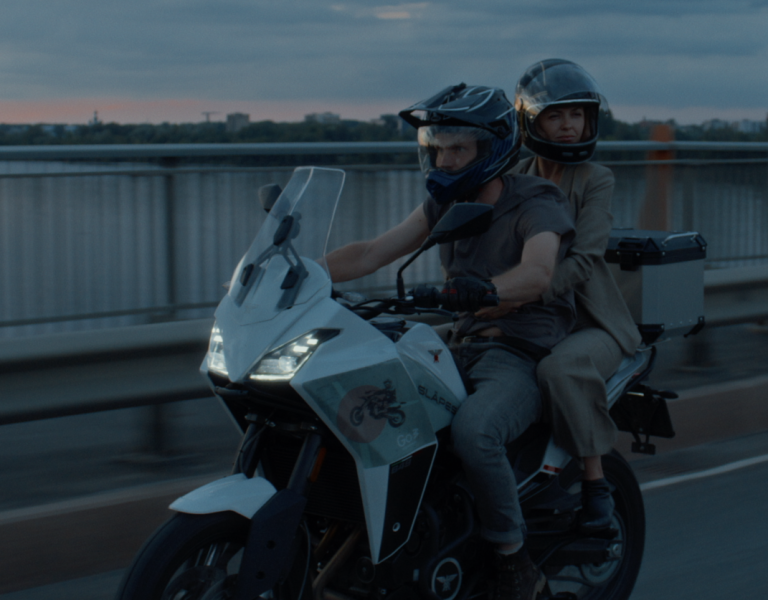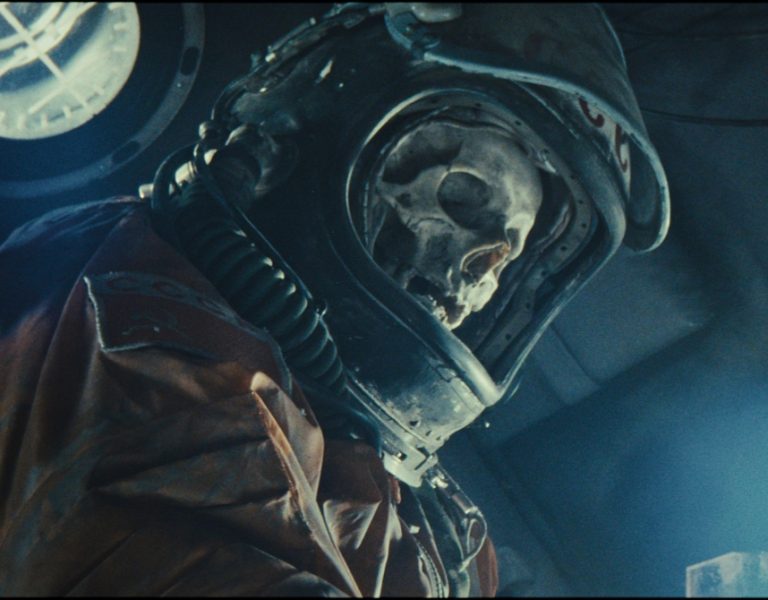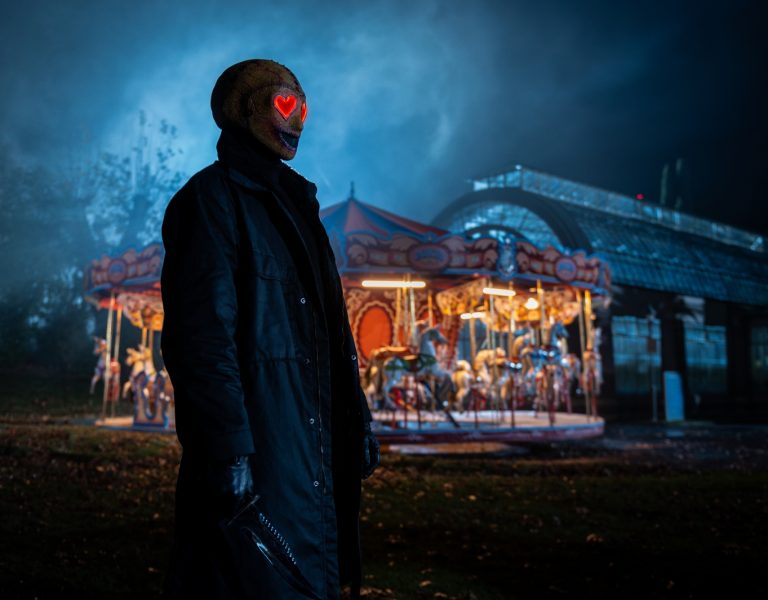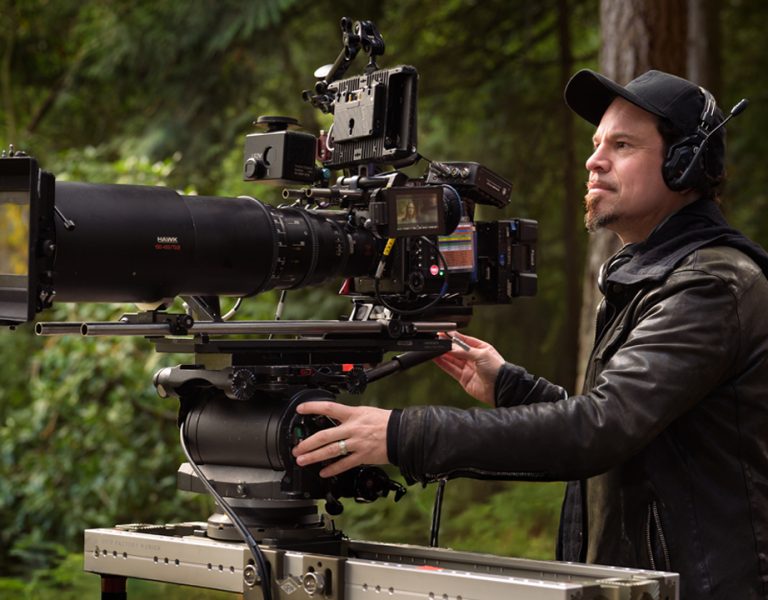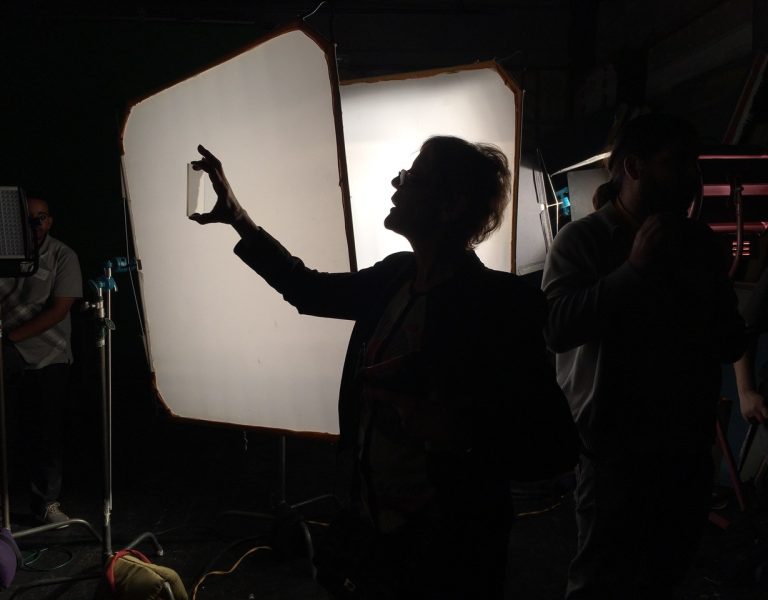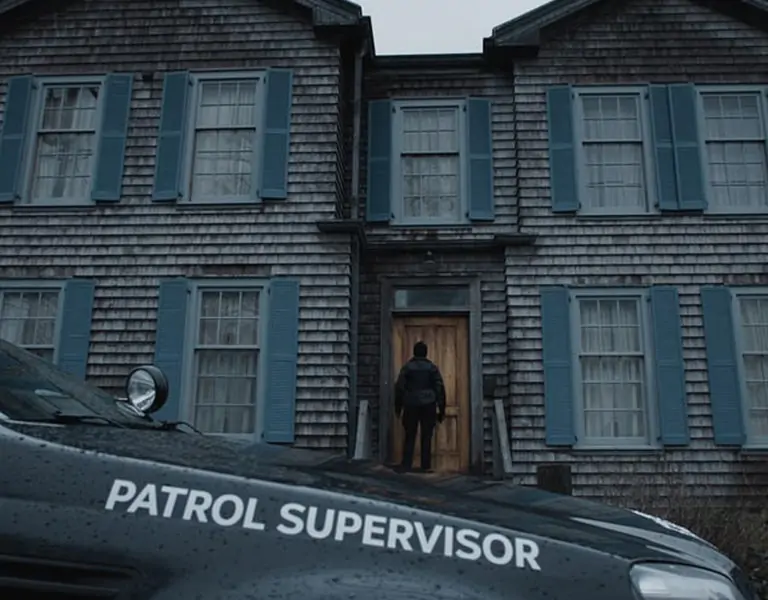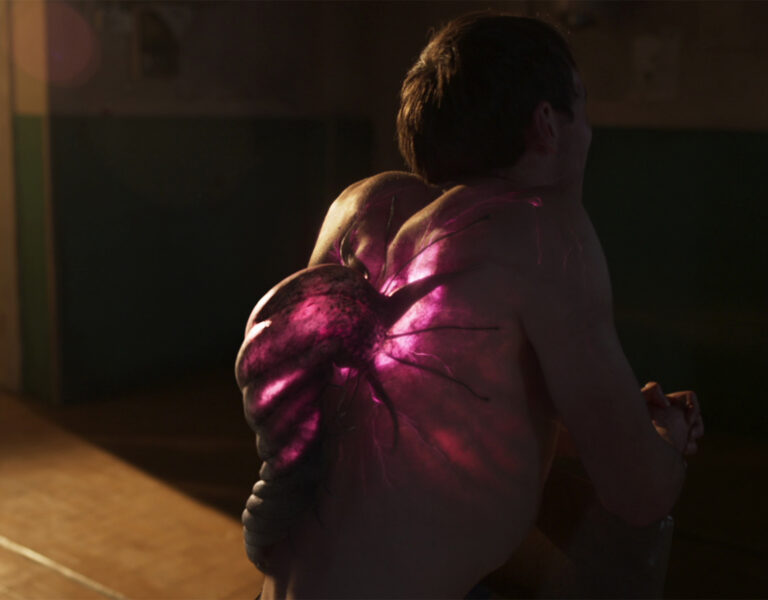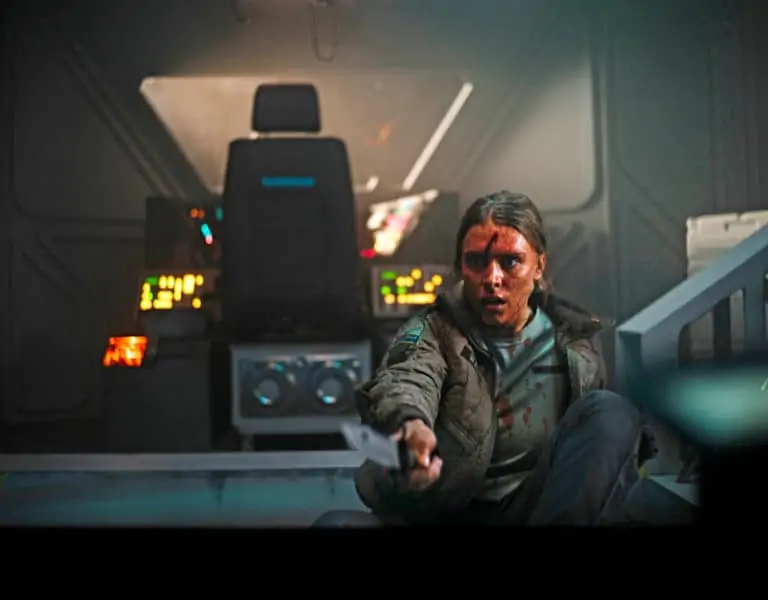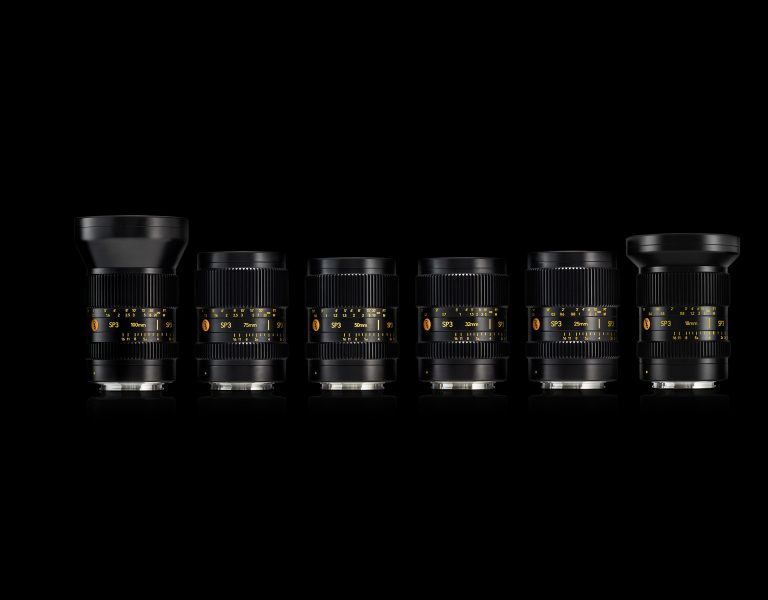Bringing hip-hop history to the screen for Wu-Tang: An American Saga
Mar 24, 2023
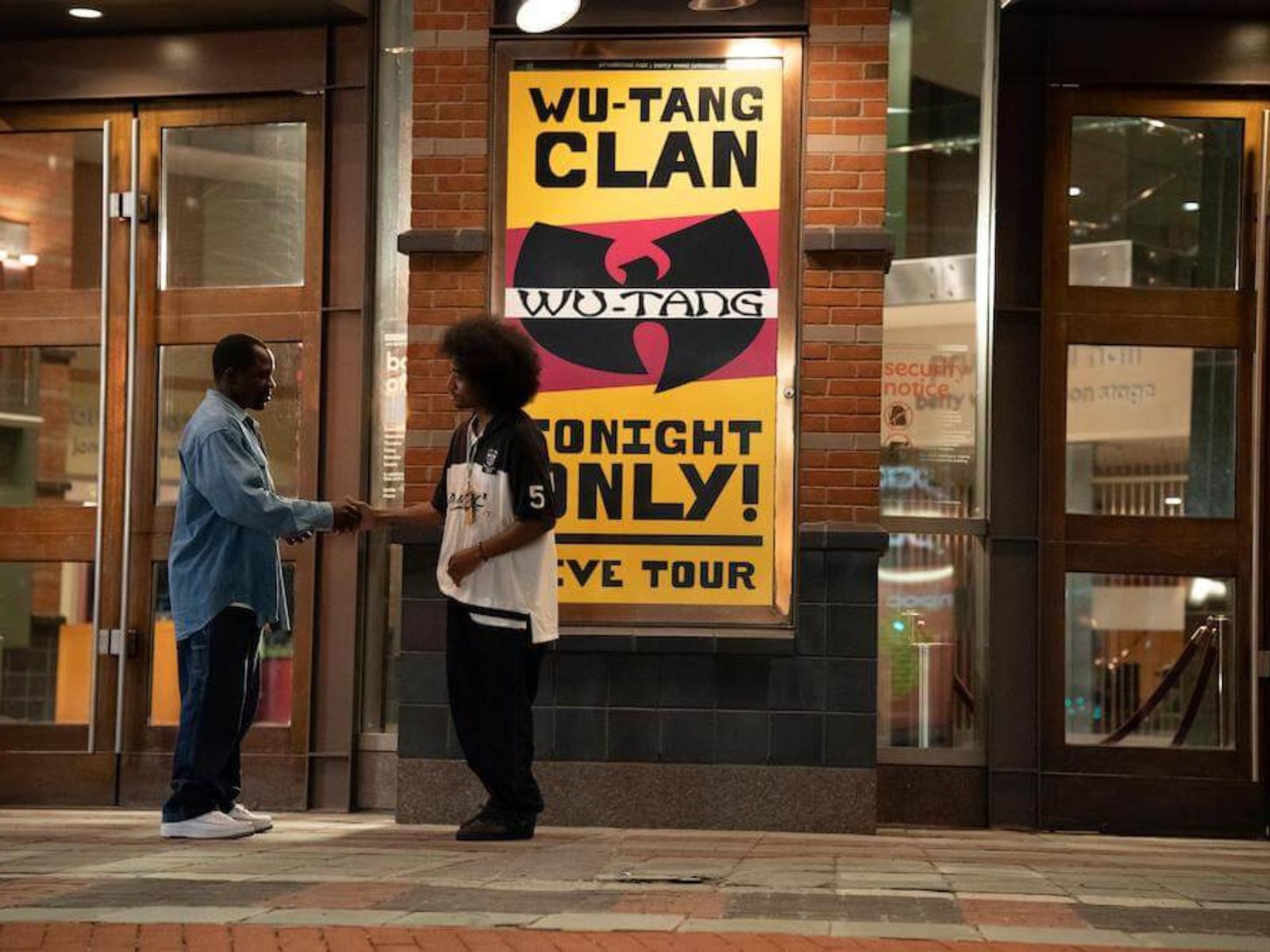
For three seasons, the Hulu original series Wu-Tang: An American Saga has chronicled the life and times of seminal ’90s-era rap group the Wu-Tang Clan. Cinematographer Gavin Kelly has been with the series since the pilot episode and was behind the camera for the finale; along the way, he was joined by alternating cinematographers Niels Alpert for season 1 and David Tuttman for seasons 2 and 3. In this Q&A, Kelly reflects on his multitude of entry points for the project and the ways in which the look has evolved over the story’s three seasons, all of which were supported through Panavision New York.

Panavision: How would you describe the look of the series?
Gavin Kelly: The look stems all the way back to the pilot, which introduced our heroes, pre Wu-Tang Clan, struggling to survive and thrive on the streets of Staten Island in New York during the crack epidemic of the ’90s. The first season was very ambitious and layered — part hero origin story, part crime saga, part family drama, part music biopic, following many characters and their intersecting stories.
The Wu-Tang Clan in the series are characters whose personalities, energies and visions are larger than life but still grounded in some stark realities. Their day-to-day world is complex, raw, dangerous, but also full of light and hope in family, friendship, brotherhood and music. So the look is one of extremes: rich, high contrast, and bold swings with lighting, colour, lensing — with characters navigating back and forth between the razor edges of bright highlights and deep shadows, through murky, bleeding colour temperatures, into moments of overwhelming light and flare.
The goal was an elevated look for the show, emphasizing stature and respect for the complexity of our characters in the midst of their tough, often stark circumstances. This often meant an eye for creating portrait moments, strong graphic shots that implied the icons they would become while still in the midst of difficult environments. They have big dreams that will take them from deep shadows into the bright lights. This layered visual approach was what pilot director Chris Robinson and I talked about as conveying ‘the beautiful struggle,’ inspired by the powerful memoir by Ta-Nehisi Coates.

How has the look evolved over the course of the show’s three seasons?
Kelly: Each new season sees the characters’ stories evolve and their worlds expand, as does the show’s visual language. Season 2 tracks the metamorphosis of the characters forming into the actual Wu-Tang Clan and their creative processes and growth in the making of their first iconic album, “Enter the Wu-Tang (36 Chambers)”. When appropriate, we introduced more saturated colors into the lighting palette in this season and more stylized and subjective, playful camerawork when the story prompted. In the third and final season, the storylines intimately trace the challenges, tensions and triumphs of rising to the very top of hip-hop culture, and ultimately mainstream culture, as Wu-Tang Clan’s impact becomes “Wu-Tang Forever”.
Several of the most ambitious episodes in terms of story and execution come in season 3, as we have several episodes that branch off from the main storylines into alternate or fantasy realities based on specific Wu-Tang members’ personas, visions and solo albums. As the Wu-Tang universe expands, so do our visual approaches. We had the opportunity to push the look further in various directions on these episodes, including shooting anamorphic — primarily with C Series lenses, supplemented by a few E Series — as well as building episode-specific lighting approaches and colour palettes in sync with production designer Nick Francone and the excellent art-department team. With RZA himself directing the last two episodes I shot, we wrapped up the series big and bold, always embracing the ‘witty unpredictable’ in the process.

The Wu-Tang Clan themselves drew from a rich tapestry of cultural and artistic inspirations. Were there any specific references you and your collaborators looked to for inspiration in crafting the show’s visual style?
Kelly: We similarly drew upon a wide variety visual references in developing the look. Everything from the work of iconic Black photographers like Gordon Parks, Roy DeCarava and Carrie Mae Weems, to period imagery and style from ’90s hip hop and music culture from photographers like Chi Modu, Danny Hastings and Sue Kwon. Film influences included everything from Shaw Brothers films — classic kung-fu films that are a big part of Wu-Tang Clan culture — to American gangster and crime films like The Godfather, American Gangster and Mean Streets, to recent, intimate indie films like Moonlight, Pariah and Fruitvale Station. And one of my personal constant inspirations is the work of Wong Kar-wai, for his use of bold, dynamic colour palettes, strong compositions and intimate camerawork. The series is a tapestry of the Clan’s lives and stories, so the look had room to be rich, complex and dynamic as we moved through the Wu-universe.

What brought you to Panavision for this series?
Kelly: I’ve worked with Panavision for years, and they’ve always been great and supportive. They’re always a willing partner in indulging my desires for extensive camera and lens tests to find the right package for the look of a particular project. On Wu-Tang, I pushed to shoot large format so that the scope of our medium shots and close-ups could have a larger-than-life stature, when desired, to imply the hero within.
For season 1, we shot on DXL2 with Panavision Primos along with sets of Primo Artiste and H Series lenses when we wanted to push the look even further with expressive flares and textures. In seasons 2 and 3, as the look slightly evolved, we shifted to the Sony Venice and Zeiss Supreme Primes along with the Artistes. On two episodes in season 3, to push the look further into heightened cinematic Wu-universes, we shot with C Series anamorphic primes. There’s also an episode that focuses on Wu-Tang on tour, with the entire Clan crammed in tour bus life. We shot most of that episode in a modified bus on stage using LED-screen technology, with plates that matched our exterior locations for a seamless virtual set.

How does An American Saga compare with other projects in your career?
Kelly: This has been a unique and rewarding project for me in how ambitious and dynamic it’s been creatively throughout the seasons. Music has always been a big part of my life — I used to play in a band when I was younger — and I’ve always had an affinity for the Wu-Tang Clan’s music, so the music aspect was a big plus for me. We shot a lot of music-performance sequences throughout the series, which allowed us to push the emotional journey visually and to dance and riff with camera and lighting.
Also, working with RZA and the team in helping to bring to life the narrative version of his own and the Clan’s story was a very special, nuanced process — the story we were helping to visualize is so specific and personal to him while at the same time so much larger than life and iconic to the audience. The challenge with the cinematography was always to strive for intimacy and a character-first perspective while also emphasizing the aspiration, the dignity and the potential for the hero within.

What’s your own origin story? What inspired you to become a cinematographer?
Kelly: I’ve always been drawn to telling stories about searching for understanding with others, what connects us, what we share as humans. I’m always curious about, searching out and inspired by new perspectives, new stories, and I try to feed that curiosity for better understanding. Early on I discovered the camera as the creative means that worked best for me to explore, and I’ve been searching ever since.
What keeps me inspired and excited is that every day with the camera and in my work, I’m always searching, always exploring, pushing to find the most emotionally honest ways to share and express truths of the character’s journey, frame by frame — their dreams, their failures, their struggles, their triumphs.

–
This article was shared with permission from Panavision.

